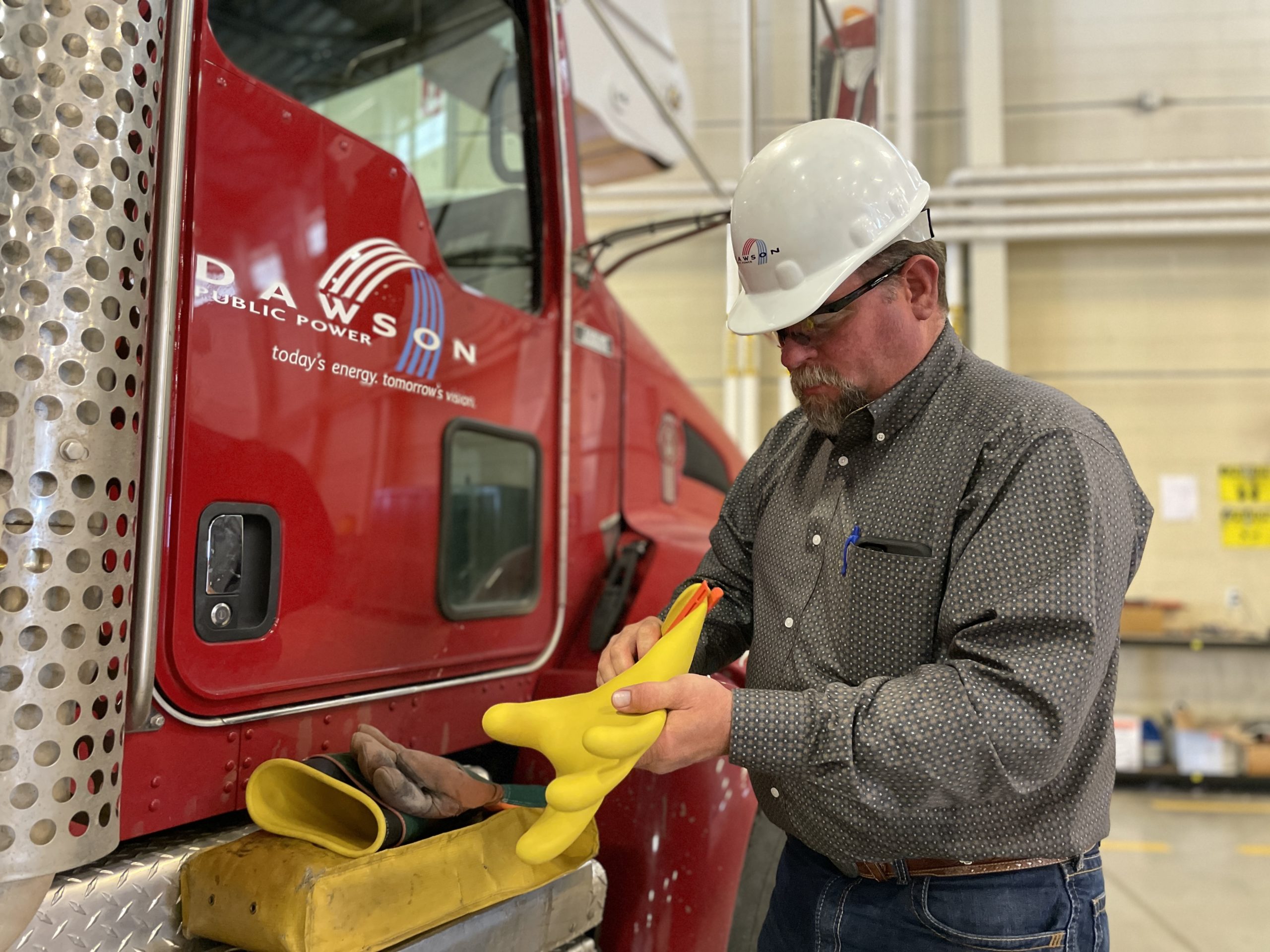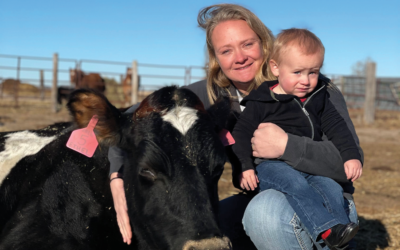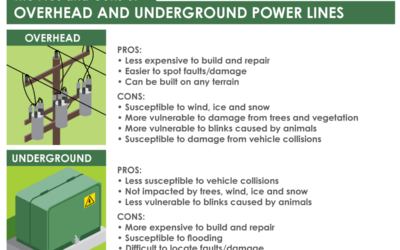
A bucket truck operator looks above and around him before lifting to the sky. An office worker closes all cabinet doors before leaving a workspace. Board members identify the emergency exits at the start of a meeting. These are all examples of how Dawson PPD’s Board of Directors and Employees are committed to a culture of safety.
Every electric utility has an obligation to ensure the safety of its employees and the public. Some take it a step further. Dawson PPD is a participant in the Rural Electric Safety Accreditation Program (RESAP). Led by the National Rural Electric Cooperative Association in partnership with statewide and public power/cooperative safety leaders, RESAP utilizes a framework for continuous improvement of safety performance and culture.
“RESAP asks us to do better than the minimum and to hold ourselves to a higher standard,” said Safety Director Dean Kunkee. “Our goal is for everyone to go home the same way, if not better, than how they arrived at work that day.”
The RESAP program encourages utilities to implement stronger safety practices than the minimum standards set by the federal regulatory agency OSHA (Occupational Safety and Health Administration).
The three core components of the program are:
- Safety performance measures
- Leadership commitment
- Safety improvement plans
SAFETY PERFORMANCE MEASURES
These measurements help Dawson PPD’s safety team set benchmarks and identify safety goals.
Dawson PPD employees participate in a monthly safety meeting to learn about various topics. Some portions of the meeting are specific for lineworkers, and others are for all employees; like First Aid and CPR training.
Lineworkers are expected to check their rubber gloves and other rubber goods for defects daily. The gloves and other rubber products they use act as an insulator against electricity and protect the lineworker.
The gloves are traded in every 30-60 days. Bucket trucks are dielectric tested twice a year to ensure that they are properly insulated.
Each year, Dawson PPD’s safety team analyzes data from two key rates: VAR and DART. VAR (vehicle accident rate) is the number of vehicle accidents. The DART (days away cases + job restrictions or transfers) looks at the number of days an employee or employees have been away from work due to an accident on the job. These numbers are benchmarked against Dawson PPD’s own three-year average and compared to the state, region, nation and other utilities of a comparable size.
Overall, Dawson PPD’s three-year average VAR and DART scores are lower than the state of Nebraska and the United States.
“That doesn’t mean we can ease up on our safety practices just because we got a good score,” Kunkee warned. “Rewards for goals, like a specific number of days without an accident, can lead to complacency. Instead, we want to always keep our focus on being aware of our surroundings, stopping and making sound decisions and not taking chances. That’s something that we must always strive for, no matter what the numbers say.”
Dawson PPD is also subject to a peer-led safety observation every three years. The observation is not graded, but it provides areas of improvement and notes areas the utility is doing well in.
LEADERSHIP COMMITMENT
Improved safety results are often seen when top leaders are engaged and committed to safety within their organizations.
“Dawson PPD’s Board of Directors has made it very clear – safety is expected from everyone, every day,” Kunkee said. “They do a nice job supporting this by approving budget items that enhance the safety of our employees, our customers and the public, and by attending our monthly safety meetings.”
In addition, Dawson PPD has its own Safety Committee comprised of peers. The group assists with decisions involving employee accidents and near misses and brings topics to the attention of the Safety Director.
“This gives a voice to everyone, and it’s not just me making the decisions,” Kunkee explained. “It creates a better buy-in of safety culture when everyone has the opportunity to make their voice heard.”
SAFETY IMPROVEMENT PLANS
Dawson PPD’s safety improvement plan is updated annually. The goals are divided into annual objectives and three-year goals.
A culture of safety starts with each employee. Together, Dawson PPD is holding itself to a higher standard that benefits everyone.
OTHER NEWS
Fresh off the farm
Raw milk is a trend that consumers are starting to latch on to, but it can be difficult to find a supplier. Fortunately for central Nebraska, The Milk House serves high quality, nutritious raw milk with the help of its six Jersey and Jersey-cross cows. Rancher...
The pros and cons of overhead and underground power lines
Overhead Pros: Less expensive to build and repair Easier to spot faults/damage Can be built on any terrain Cons: Susceptible to wind, ice and snow More vulnerable to damage from trees and vegetation More vulnerable to blinks caused by animals Susceptible to damage...
Between the lines: Merger update
It’s time to update you on the possible merger between Dawson Public Power District and The Central Nebraska Public Power and Irrigation District. February was a busy month and an important milestone in the process. The districts held a joint board meeting in Kearney...



